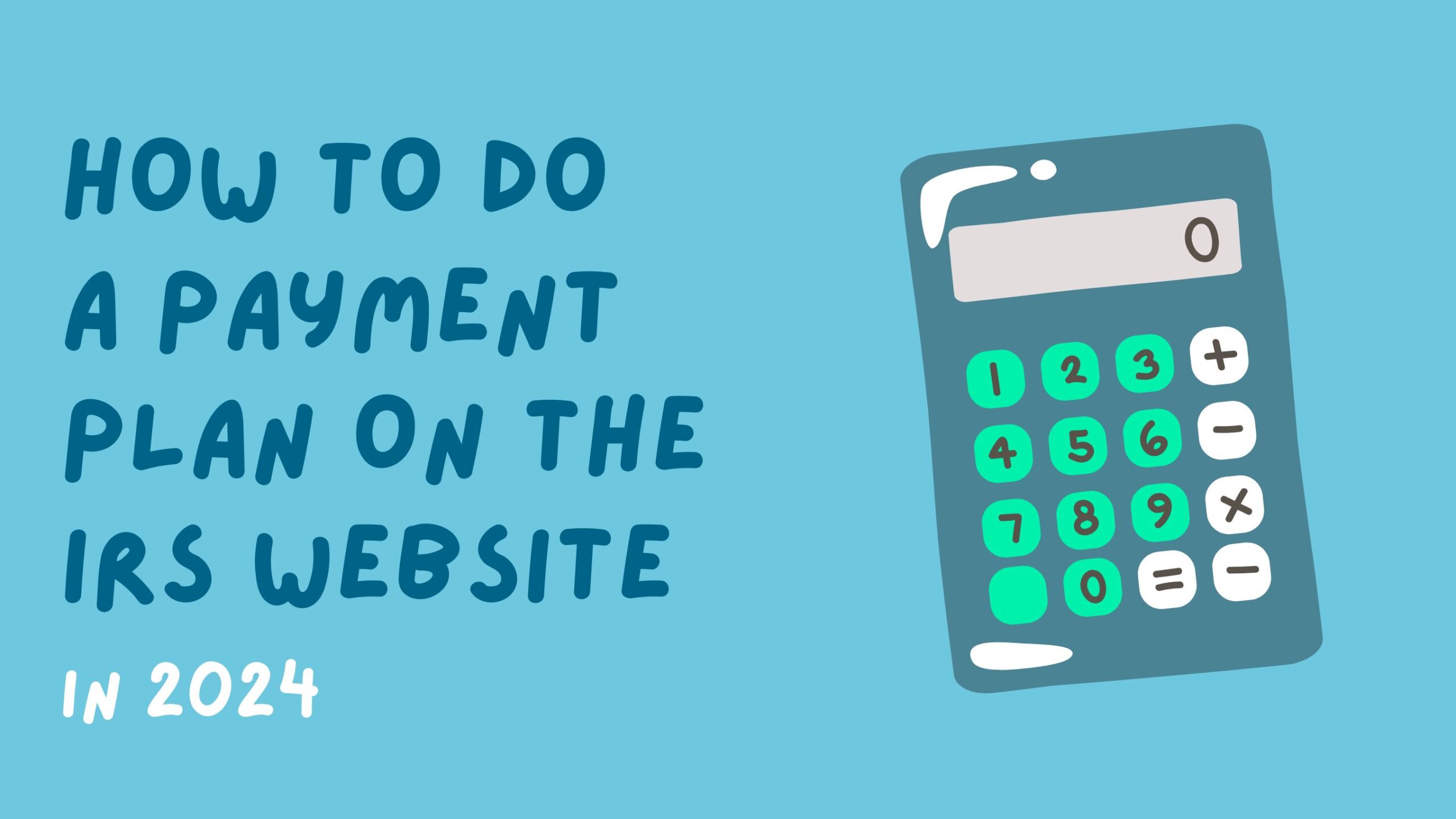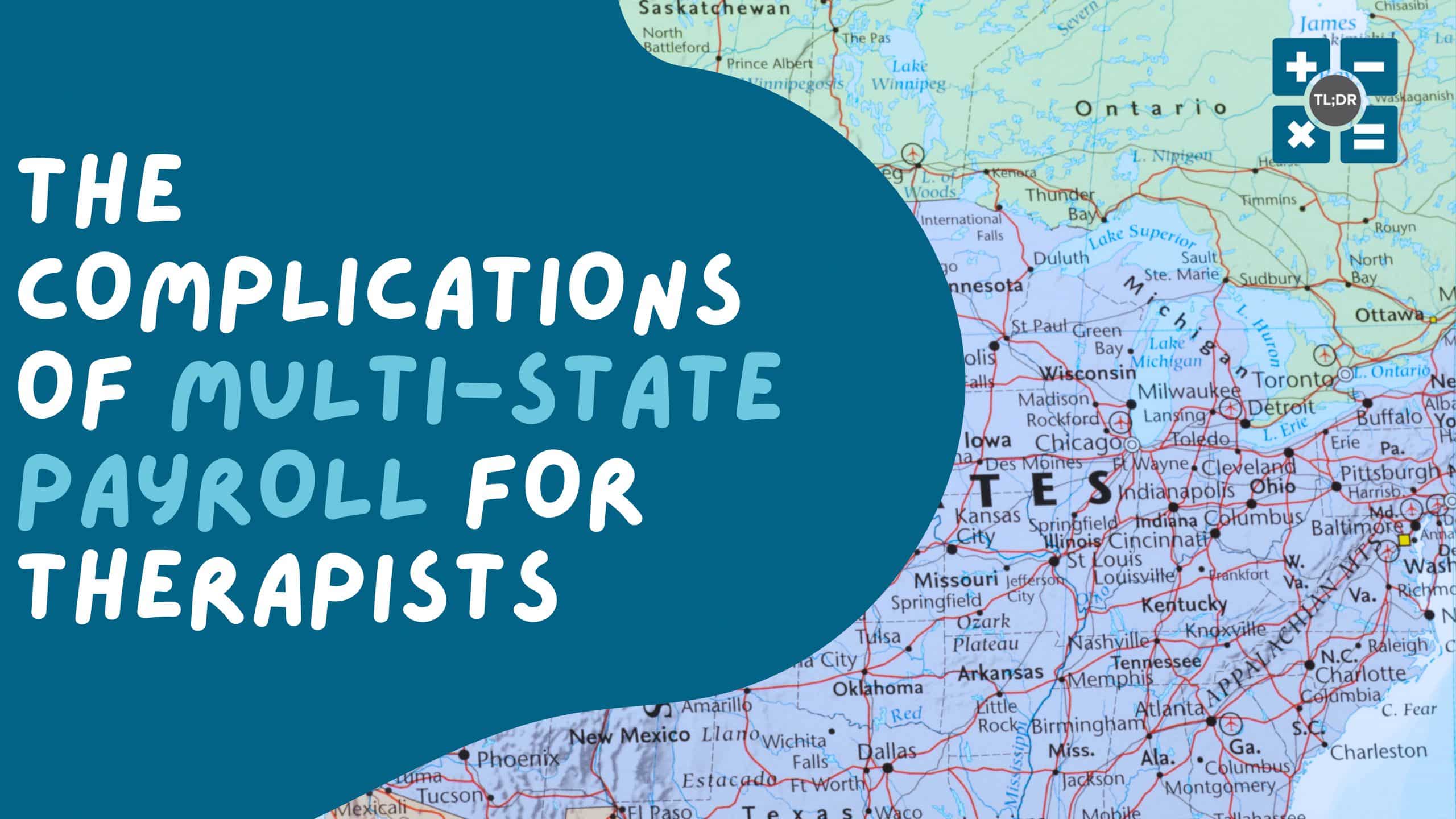One of the many things you want to avoid whenever possible as a private practice is falling behind on your taxes. Yes, a tax bill can sometimes be rather intimidating, especially when the dollar figure is larger than expected. But there is a legal way for you to not pay it all at once.
You read that right. You can spread out the amount of taxes you owe over a more manageable period of time by getting a tax payment plan. Read on to find out how to make a payment plan on the IRS website and the different payment plans.
What is a Tax Payment Plan?
An arrangement with the IRS to settle your tax debt over a longer period of time is called a payment plan. If you think you’ll be able to pay your taxes in full within the extended period, you should ask for a payment plan. You won’t be responsible for a user charge if you are eligible for a short-term payment plan.
With a few exceptions, the IRS is normally not allowed to levy when you request a payment plan (installment agreement), and the IRS’s time to collect is either stopped or extended while an Installment Agreement (IA) is underway. Until it is examined, an IA is established, or the request is withdrawn or denied, an IA request is frequently pending. The collecting period is stopped for thirty days if the sought IA is denied. Likewise, the collection period is stopped for thirty days if you miss payments on your IA and the IRS suggests ending the IA.
Lastly, the collecting period is stopped from the time the appeal is ongoing until the appealed decision becomes final if you exercise your right to appeal an IA denial or termination.
Types of Payment Plans
An IRS tax payment plan is available to therapists and other private practices who are unable to pay their taxes in full. Below are the two types of payment plans you can choose from depending on your specific tax situation:
Short-Term Payment Plan
This plan gives you 180 extra days to pay the remaining amount in full, together with any interest and penalties that have accumulated.
Long-Term Payment Plan
Installment agreements, often known as long-term payment plans, are provided by the IRS for taxpayers who require more than 180 days to pay their tax obligation. These agreements can last up to 72 months. You have two options with the IRS installment agreement: you either pay in full each month or set up a Direct Debit automated debit.
How to apply on the IRS Website
There are three ways to apply for tax payment plan: by calling IRS, by sending an accomplished Form 9465 (Installment Agreement Request) via mail, or through the IRS online Tax Payment Plan application tool.
As a private practice, you can apply for a payment plan as an individual. To file your application on the IRS website, you need log in using your ID. me account. You can create an ID.me account here if you don’t have one.
Make sure that you have following at the ready when creating an ID.me account and filing an online payment plan application:
- Photo Identification
- Valid email address
- Social Security Number or Individual Tax ID Number
- Camera for identity verification
- Bank routing and account number (Direct Debit Plan)
- Balance due on your tax return
Below are the qualifications to qualify for an online application your total tax debt, penalties, and interest amount should be less than $50,000 (long-term plan) or $100,000 (short-term plan).
Are there fees for online payment plans?
Yes. There is a monthly set-up fee for long-term payment plans: $22 for direct debit and $69 for non-direct debit. Low-income taxpayers may be eligible for waived set-up fee (direct debit) or $43 reimbursement (non-direct-debit).
There will be no set-up fee if you are applying for a short-term tax payment plan. However, you will have to pay accrued interest and penalties until your balance is fully paid, regardless of your payment plan.
How to Be Eligible for Reimbursement or Waiver of the Fees
You may be eligible for a waiver or reimbursement of the user fees if you belong to low-income tax payers, who are at or under 250% of the federal poverty level and applied for long-term payment plans on or after April 10, 2018.
The user fee for low-income may be waived for low-income taxpayers by entering a Direct Deposit Payment Agreement. If you can’t make electronic direct deposit payments, the IRS will instead reimburse the user fees you paid after the installment agreement. The applicable fee will be immediately reflected in the Online Payment Agreement tool if the IRS system determines that you are a low-income taxpayer.
You also be eligible for waiver or reimbursement of the user fees if you have adjusted gross income during the most recent year when the information is available.
How to Revise a Tax Payment Plan
You can easily use the Online Payment Agreement tool to modify your payment schedule. Some of the details you can modify are the amount and date of your monthly payments, converting an installment agreement into a Direct Debit plan, and updating your bank details. The online tool can also help you get your plan back if you missed a previous payment due.
There is a $10 fee for changing your payment schedule or for reinstating after default. This fee may be reimbursed in some instances.
Conclusion
If you are unable to pay your tax dues for your Private Practice, applying for the tax payment plan online is one of the best solutions. Make sure that you have the complete requirements and check your eligibility for the right type of payment plan. If you need help filing your taxes and determining how much you need to pay, TLDR can help you.
Contact us today and let’s work together in ensuring that you are paying the right taxes.





